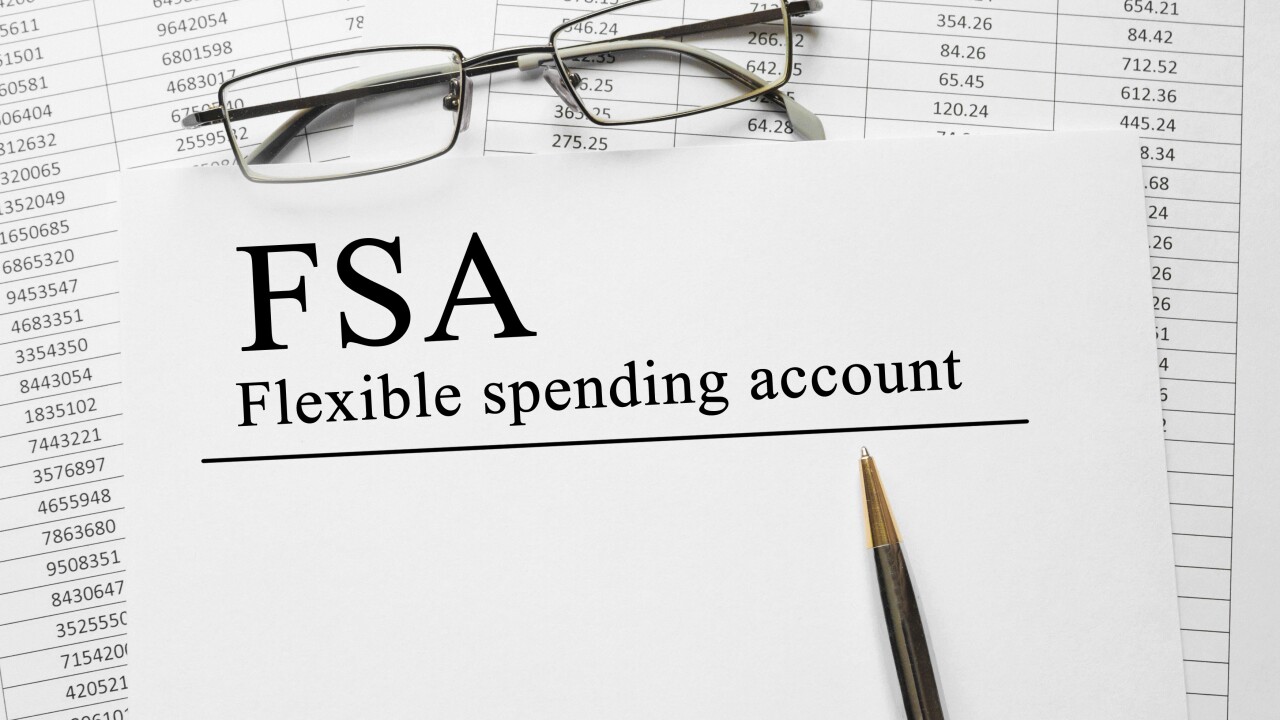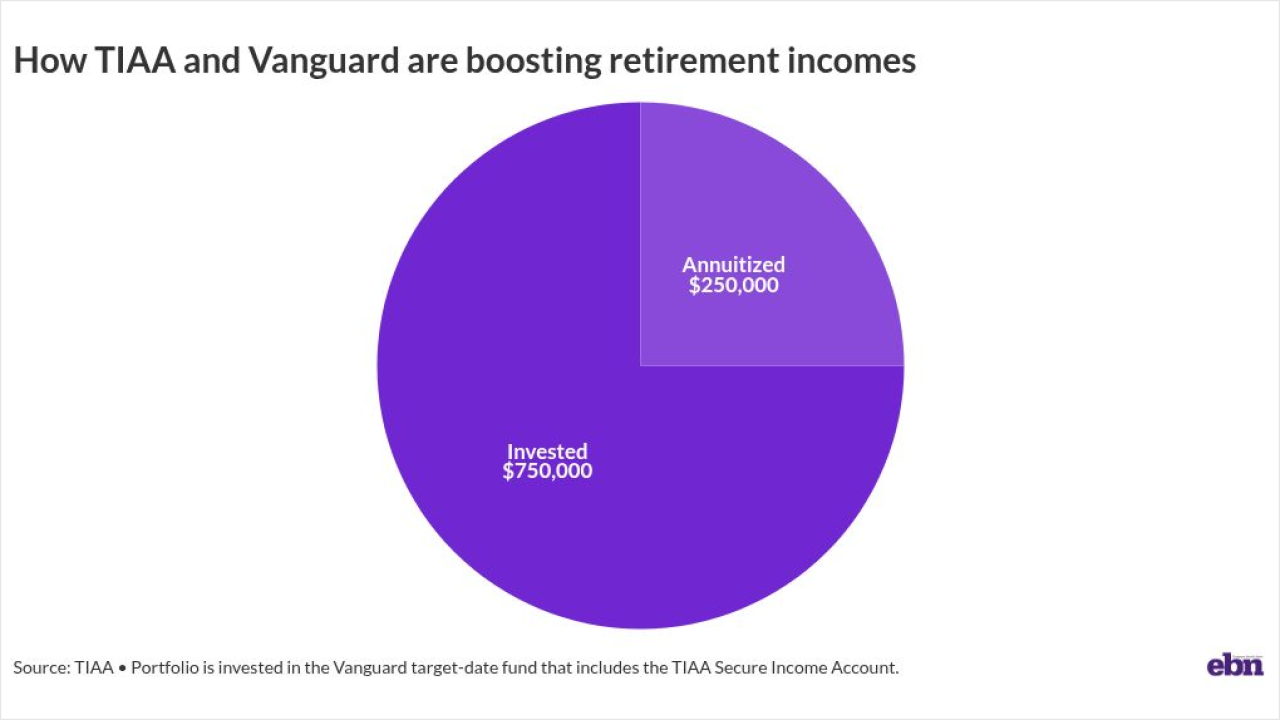Retirement is becoming an increasingly elusive goal for today's employees, yet just how
According to
For those who have yet to leave the workforce, 66% of men feel confident they have saved enough for their long-term financial needs. Just 44% of women feel the same, a troubling gap, as women
Read more:
In fact, a woman retiring at 65 can anticipate spending $300,000 on healthcare, factoring in a life span of 90 years, according to predictions by the Milliman Retiree Health Cost Index. Men can anticipate costs of $264,000 in retirement, up to age 88.
Underestimating the cost of retirement
The average individual should expect to need $605,000 to fund retirement if they leave the workforce at age 65. However, Clever's data found that the average retiree has $308,000, while 27% have no savings at all.
While it's recommended to start saving as early as possible to take advantage of the benefits of compound interest, 46% told Clever they did not start saving for retirement until they turned 40. Playing catch up was especially difficult for those with debt: 64% of those who are currently retired
Read more:
Improper financial planning comes with an emotional burden, too, as a third of retirees surveyed by Clever felt ashamed that they were not able to save more for their future. For those who have already left the workforce and are now relying on their savings, 43% feel they could have managed their money better. Meanwhile, 36% are spending their savings faster than they expected to.
How employers can support healthier retirements
As employees leave the workforce, they can expect to live in retirement for close to 20 years. Without the proper planning, retirees are scrambling to cover basic expenses, and are struggling with basic needs like groceries, according to Clever. Fourteen percent say they're struggling to pay medical bills.
Sixty-two percent of retirees wish they had understood retirement savings and how to invest while in their working years. Only 41% had an idea of how much they needed to retire. Supporting employees with basic financial literacy can help them get to the finish line, and save for various financial needs on the way.
Read more:
By 2026, 47% of employers plan to add financial wellness tools to their benefits suite, according to CloudPay, and 96% feel a responsibility for their employees' financial wellness, according to Bank of America. These are benefits employees appreciate, too: 80% of employees would stay with their employer longer if financial wellness benefits were offered, according to a survey by PNC Bank.
"You want to make sure your financial wellness program provides education on how to maximize the benefits available," Edward Gottfried, senior director of product at Betterment, previously told EBN. "Whether that is a 401(k) match, student debt payment [assistance], emergency savings accounts or stock options. It's incumbent on the employer to make sure they're plugging knowledge gaps that might exist across their employee base."






